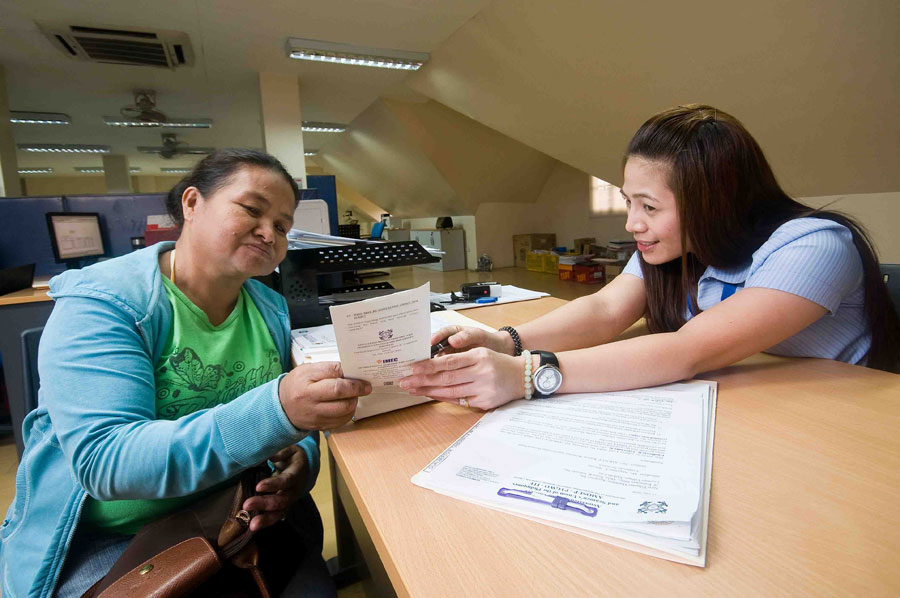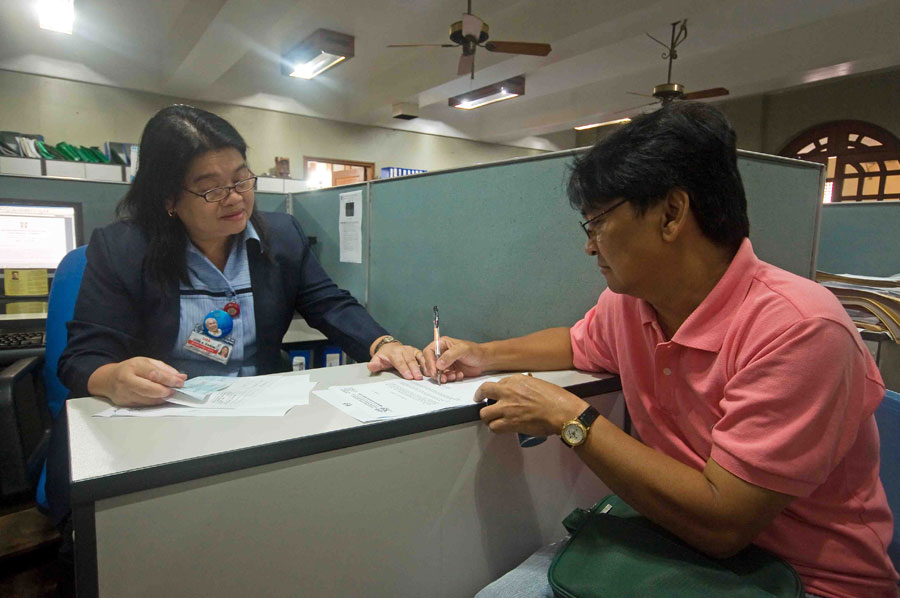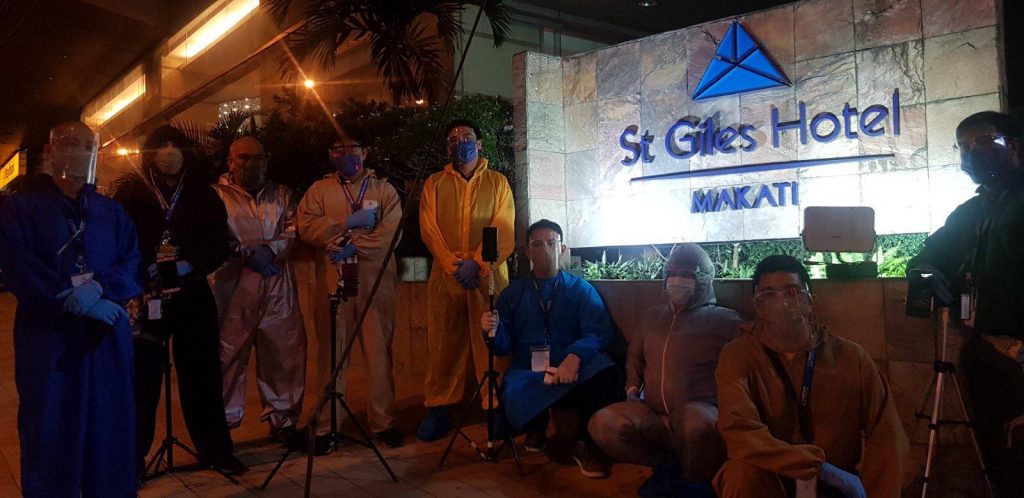
Lawyer Henry Zamora of AMOSUP, who leads the union’s team in monitoring and implementing all the protocols, reflects on the achievements of the crewing industry’s quarantine facilities
It has passed a number of external audits with flying colours from different classification bodies. Thus, the systematic quarantine protocols run the highest safety standards that now make up the IMEC-ITF-AMOSUP Safe Corridor in Manila for crew change for Filipino seafarers.
More than a year after employers and unions set up the quarantine facilities for seafarers, the manning industry looks up to its gold standard in protecting seafarers against the COVID-19 for embarking crew to their ships.
The International Maritime Employers Council (IMEC), in partnership with the International Transport Workers Federation (ITF) and Associated Marine Officers’ and Seamen’s Union of the Philippines (AMOSUP) Crew Change Project marked its first year anniversary last 28th November 2021.
Over 6,000 seafarers safely passed
The purpose of the quarantine facility is to filter out joiners, detect COVID-19 and make sure that Filipino seafarers are Covid-19 free before they join their respective ships. Since then, a total of 6,009 seafarers have successfully embarked their assigned ships free from COVID-19 after quarantine process at St. Giles Hotel.
The project started with only three licensed manning agencies (LMAs) joining and sending their seafarers for quarantine. As soon as the project became known to the maritime community, the number of the participating local manning agencies gradually increased.
Today, we have a total of 42 local manning agencies which have joined and sent their seafarers for quarantine process. The project is no longer exclusive to IMEC members but is now open to all principals and local manning agencies with the aim of helping all Filipino seafarers on their quarantine process for crew change. The project is also no longer focused on Singapore-bound seafarers but is now open to all joining countries.
With the increasing numbers of participating principals and local manning agencies, our team used bump off hotels within the vicinity to cater to the increasing demand for quarantine accommodation of seafarers. The three hotels were Berjaya Hotel, City Garden Grand Hotel, and IM Hotel which are located just around St. Giles Hotel.
To ensure the faithful observance of the established IMEC ITF quarantine protocols, the AMOSUP team was also the one monitoring and implementing all the protocols. Just like in St Giles Hotel, room-to-room specimen collection is observed and conducted by the AMOSUP Seamen’s Molecular and PCR Laboratory. Body temperature and symptoms monitoring are also observed by our hotel coordinators.
St Giles Hotel is usually fully booked every day. We make it a point to prioritise Singapore joiners. For the non-SG joiners, the local manning agencies can opt to use our bump off hotels.
Auditors’ remarks
To maintain or improve the implementation of our protocols, St Giles Hotel underwent three external audits by different classification bodies and passed with good remarks.
Bureau Veritas did the first audit on 30 October 2020, followed by a second one from RINA Classification Phils on 07 January 2021, and the third audit on 09 September, which BV carried out.
The systematic setup at St Giles Hotel compared with other SG-Star hotels became the notable common remarks of the auditors.
In the course of time, below are the improved IMEC ITF quarantine protocols which are faithfully implemented at the facility for quarantine and COVID-19 testing:
Before entering the hotel, seafarer’s body temperature is checked. He is prevented to enter if his body temperature exceeds 37.5 degrees Celsius. He will be sanitised by the security guard on-duty by misting alcohol solution on him as well as his luggage; Afterwards, the seafarer can proceed to an exclusive waiting area for briefing and instructions on house rules and protocols.
Social distancing measures and wearing of face mask and face shields are observed during the briefing. The seafarer then proceeds to his assigned room and waits for the arrival of the swabbing team for the collection of specimen for RT-PCR Test.
Swabbing takes place in the respective quarantine rooms of the seafarers. Swab test results are available within 24 hours.
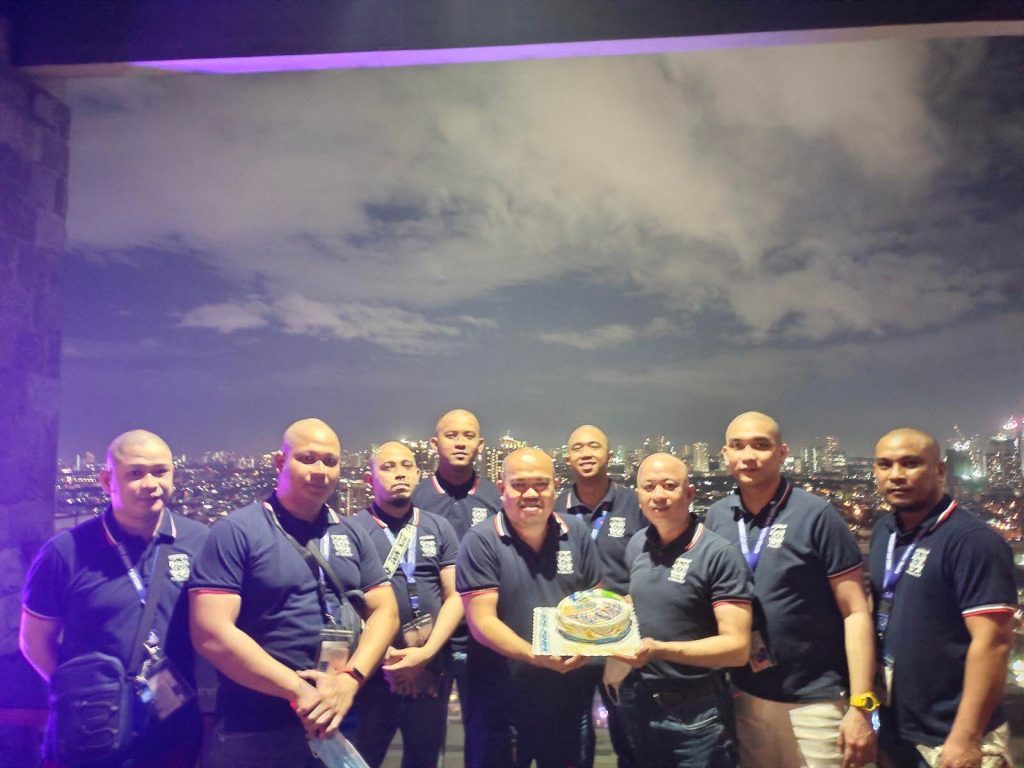
Meals, CCTV, transport, etc
Meals are delivered and placed at the chair outside the door of individual rooms of the seafarers. Body temperatures of those in quarantine is monitored twice daily. Monitoring are video recorded and responses are written in the monitoring chart; the monitoring staff is required to wear full PPE all the time.
COVID-19 negative test certificates and quarantine certificates will be made tamper proof using blockchain technology that is verifiable by competent authorities in the receiving country; · During the quarantine period, no seafarer is allowed to go out from his room unless he is scheduled for embarkation or extraction; · Smoking and drinking alcohol are strictly prohibited; ·
CCTV footage is reviewed every day and monitoring staff reports everyday thru written update to ensure the strict implementation of protocols; ·Third party security personnel were hired to guard the hallways 24 hours a day where the seafarers are billeted to ensure faithful observance of the protocol by the seafarers.
During the embarkation process, the sanitation officer sees to it that the vehicle which will bring the seafarer to airport/seaport is sanitized. The sanitation officer checks the body temperature of the driver as well as the observance of the 50% load capacity of the vehicle before he allows the vehicle to proceed to airport or seaport.
The driver is required to wear PPE. Otherwise, he will not be allowed to fetch and transport the seafarer to seaport/airport for embarkation. Seating arrangement of the seafarers is also recorded, as well as the name of the driver/s, plate number, time of arrival and departure.
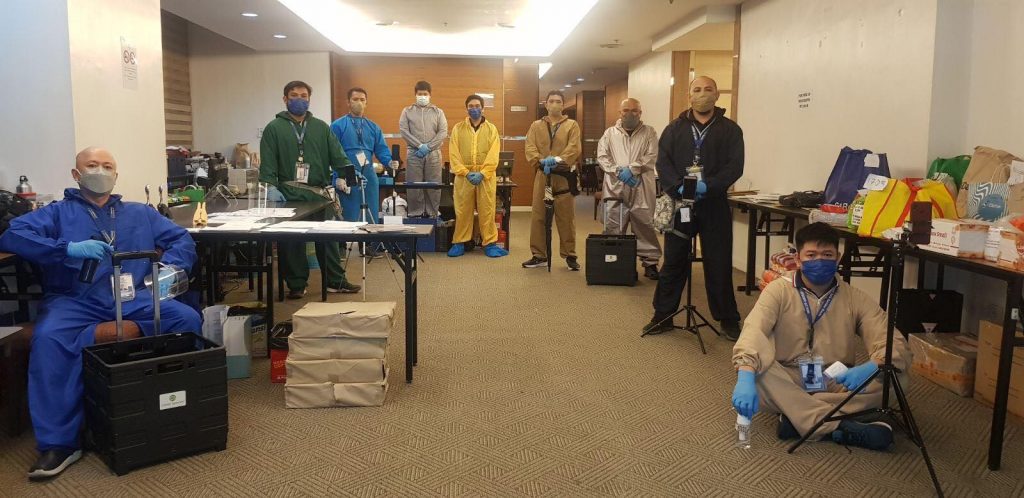
Project expansion
With the success of the project, IMEC has decided to expand it to a much larger scale by putting quarantine facilities for crew change to other countries using St. Giles Hotel as its model.
As St Giles Hotel has proven to be the gold standard of all the quarantine facilities in the Philippines, IMEC wanted to undertake scoping exercise and initial audit. The aim is to establish a programme whereby the Lloyd’s Register will make a decision if a facility in other countries is ready or not.
Thus, on November 2, 2021, the Lloyd’s Register of United Kingdom conducted a virtual scoping exercise of the facility.
The IMEC ITF Crew Change Project monitors a total of 340 guests as of 01 December with a 72.17% embarkation rate. We continue to serve our purpose which is to filter out joiners, detect COVID-19 and make sure that Filipino seafarers are Covid-19 free before they embark on their respective ships. SF




